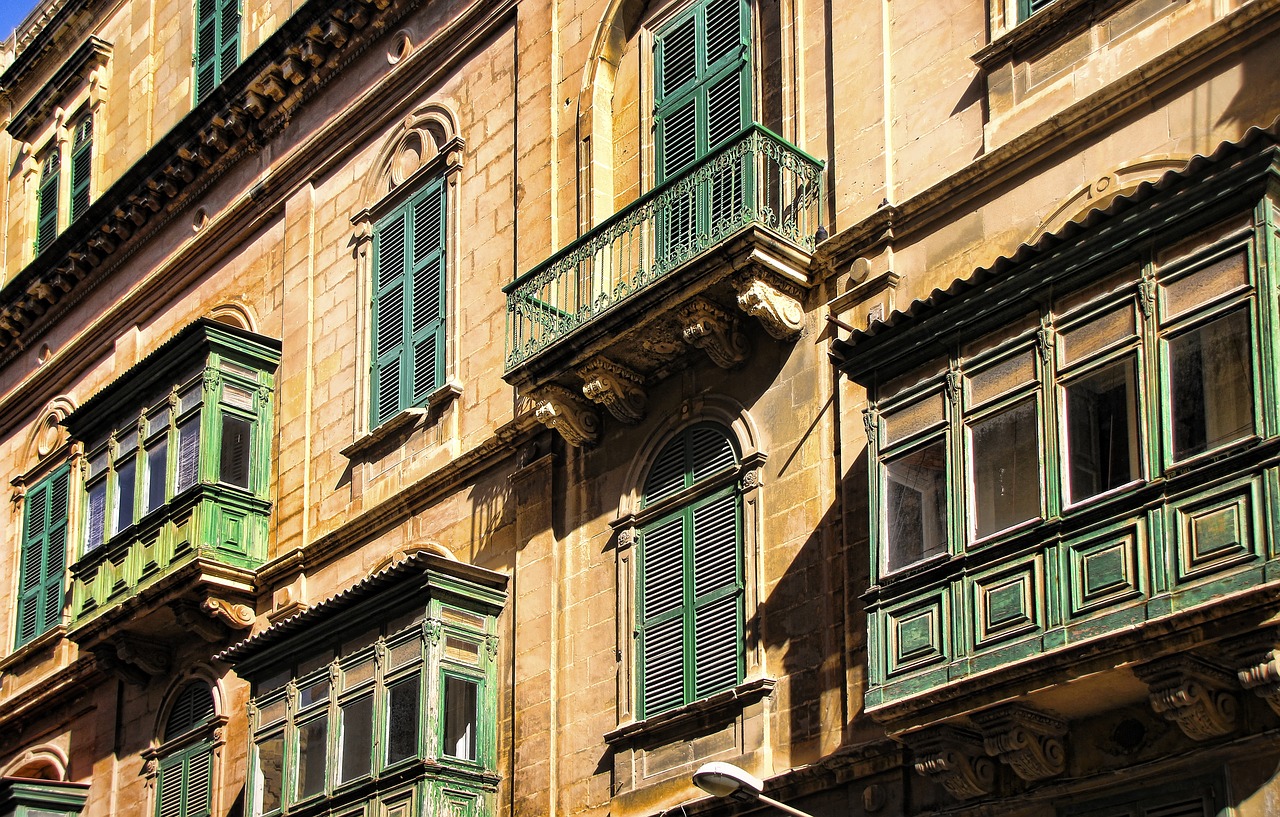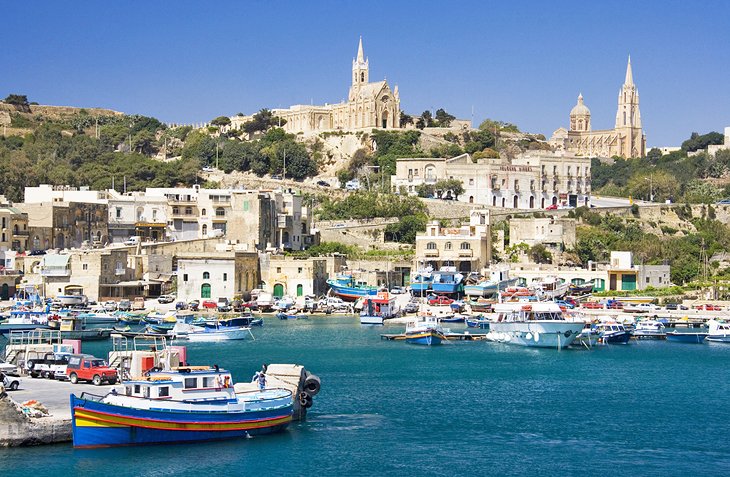Nestled on the shores of the Mediterranean Sea, Valletta emerges as a captivating city that immerses visitors in a world of baroque drama. Its streets tell a story of grandeur and opulence, where the echoes of the past reverberate through architectural masterpieces and artistic treasures.
Valletta’s baroque architecture, with its intricate details and ornate facades, transports you to a bygone era of splendor and extravagance. The city’s transformation was shaped by societal changes and the need to fund ambitious projects, resulting in a unique blend of modern elements and historical roots.
The National Library, a prime example of Sicilian baroque architecture, stands as a testament to the city’s rich heritage. Moreover, Valletta’s art scene, heavily influenced by Italian baroque art, offers a feast for the eyes, with St. John’s Co-Cathedral being a pinnacle of baroque artistry.
Whether you are a resident or a visitor, Valletta’s baroque drama is sure to captivate and inspire, enveloping you in a world of beauty and intrigue.
Key Takeaways
- Valletta is a captivating city on the shores of the Mediterranean Sea.
- The city’s streets tell a story of grandeur and opulence.
- Valletta’s baroque architecture transports visitors to a bygone era of splendor and extravagance.
- Valletta’s artistic legacy is a testament to the rich cultural heritage of the city.
Baroque Architecture Highlights
Valletta’s Baroque architecture highlights include the ornate street corners, the incorporation of modern elements, and notable examples such as the National Library and St. John’s Co-Cathedral.
The city’s streets are adorned with dramatic and intricate designs, showcasing the grandeur and opulence of the Baroque period. Valletta seamlessly combines historical elements with modern architecture, creating a unique and captivating cityscape.
The National Library is a prime example of Sicilian Baroque architecture, with its elaborate facade and ornamental details. St. John’s Co-Cathedral is another major highlight, featuring stunning Baroque art and architecture, including the famous Caravaggio paintings.
These Baroque architectural masterpieces, along with Valletta’s iconic buildings, make it a must-visit destination for art and architecture enthusiasts. The city’s blend of historical and contemporary elements creates a visually striking and enchanting atmosphere that leaves a lasting impression on residents and visitors alike.
Influences on Valletta’s Baroque Style
The influences on the Baroque style in Valletta can be traced back to societal changes and an increase in taxes. These factors played a crucial role in the transformation of the city’s architecture and art.
-
Societal Changes: As Valletta evolved into a bustling city, societal changes demanded grandeur and opulence. The Baroque style with its dramatic forms and ornate details perfectly captured this desire for extravagance and display of wealth.
-
Italian Art Influence: Valletta’s proximity to Italy allowed for a strong influence of Italian Baroque art. Italian artists brought with them a new perspective on art, emphasizing emotion, movement, and theatricality. This influence can be seen in the elaborate decorations and intricate details found in Valletta’s buildings and artworks.
These influences, driven by societal changes and the impact of Italian art, shaped Valletta’s unique Baroque style, making it a captivating city that continues to mesmerize residents and visitors alike.
Artistic Treasures in Valletta
One can marvel at the artistic treasures found throughout the capital of Malta. Valletta’s artistic legacy is deeply rooted in Baroque art, and its influence can be seen in everyday life. The city is adorned with magnificent examples of Baroque architecture and art, showcasing the talent and creativity of the artists of the time. From the ornate facades of palaces and churches to the intricate details of sculptures and paintings, Valletta is a visual feast for art enthusiasts. One cannot help but be captivated by the grandeur and drama that the Baroque style brings to the city. To truly appreciate the artistic treasures of Valletta, one must visit the renowned St. John’s Co-Cathedral, where the marble floors, gilded ceilings, and masterpieces by renowned artists such as Caravaggio leave visitors in awe. Valletta’s artistic legacy is a testament to the rich cultural heritage of the city and continues to captivate residents and visitors alike.
| Artistic Treasures in Valletta | Description |
|---|---|
| St. John’s Co-Cathedral | Magnificent cathedral adorned with marble floors and masterpieces by Caravaggio |
| Palace of the Grand Master | Grand palace showcasing exquisite Baroque architecture |
| National Museum of Fine Arts | Home to a vast collection of paintings, sculptures, and decorative arts |
Frequently Asked Questions
What are some notable modern architectural features in Valletta that coexist with the Baroque elements?
Notable modern architectural features in Valletta that coexist with the baroque elements include the Parliament House designed by Renzo Piano, the open-air theater Pjazza Teatru Rjal, and the City Gate designed by Renzo Piano. These contemporary structures complement the historic baroque buildings, creating a harmonious blend of old and new in Valletta.
How did societal changes and an increase in taxes contribute to the transformation of Valletta’s architecture into the Baroque style?
Societal changes and increased taxes played a pivotal role in Valletta’s transformation into the Baroque style. Italian architects brought their expertise, while the Knights of St. John influenced the incorporation of ornate elements in Valletta’s architecture.
What are some other examples of Sicilian Baroque architecture in Valletta besides the National Library?
Examples of Sicilian Baroque architecture in Valletta include St. Paul’s Pro Cathedral and the Church of St. Augustine. These structures showcase the ornate and dramatic style characteristic of the Baroque period.
What other forms of art, besides Baroque architecture, were influenced by Italian Baroque in Valletta?
Italian Baroque art in Valletta influenced not only the city’s architecture but also its sculptures and paintings. The influence on sculptures can be seen in the intricate details and dramatic poses, while paintings showcase rich colors, dynamic compositions, and emotional intensity.
Are there any other significant examples of Baroque art in Valletta besides St. John’s Co-Cathedral?
Exploring Valletta’s lesser known baroque art reveals the influence of Italian baroque on painting and sculpture. Besides St. John’s Co-Cathedral, other significant examples include the National Museum of Fine Arts and the Church of St. Paul’s Shipwreck.













